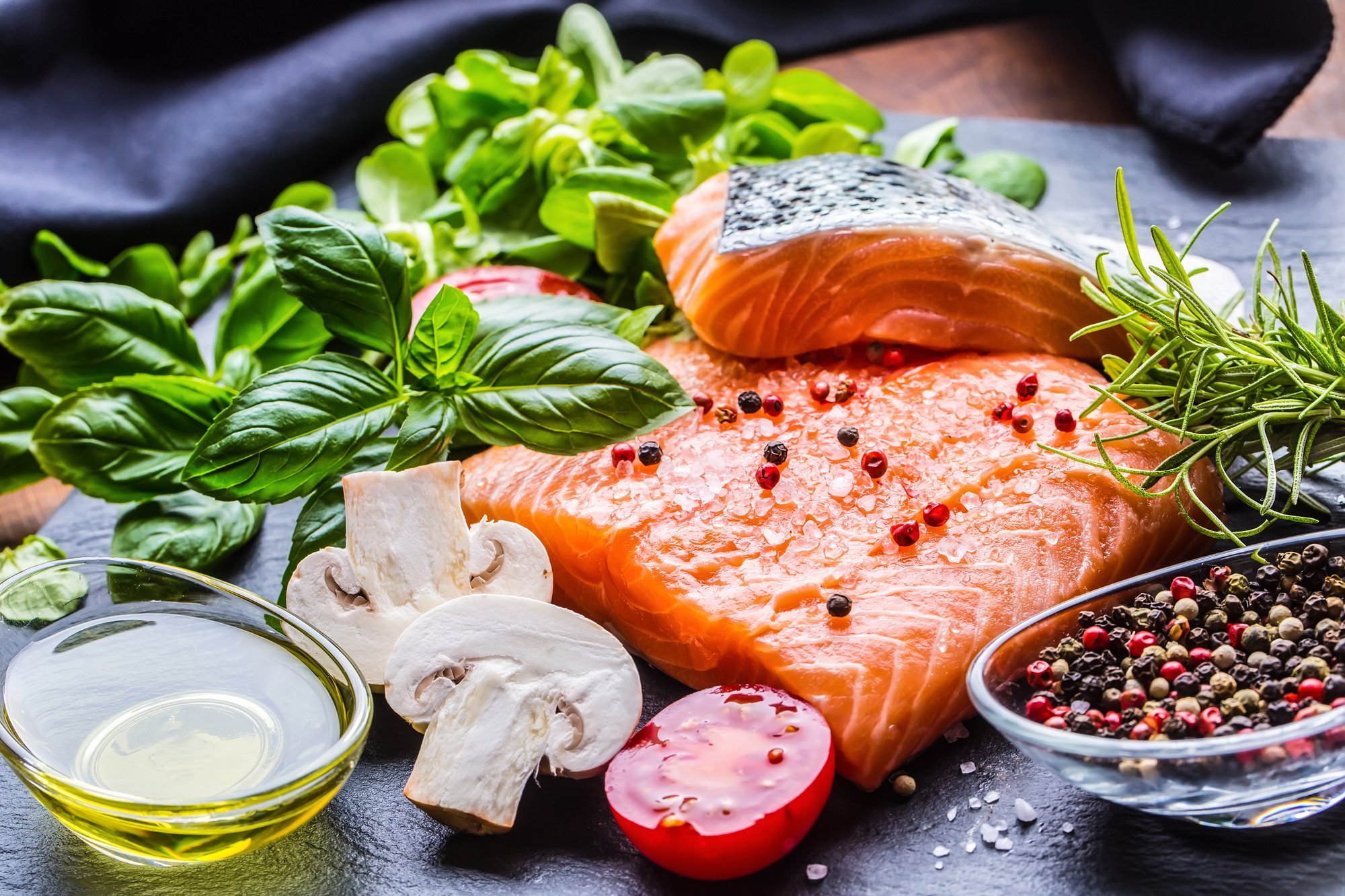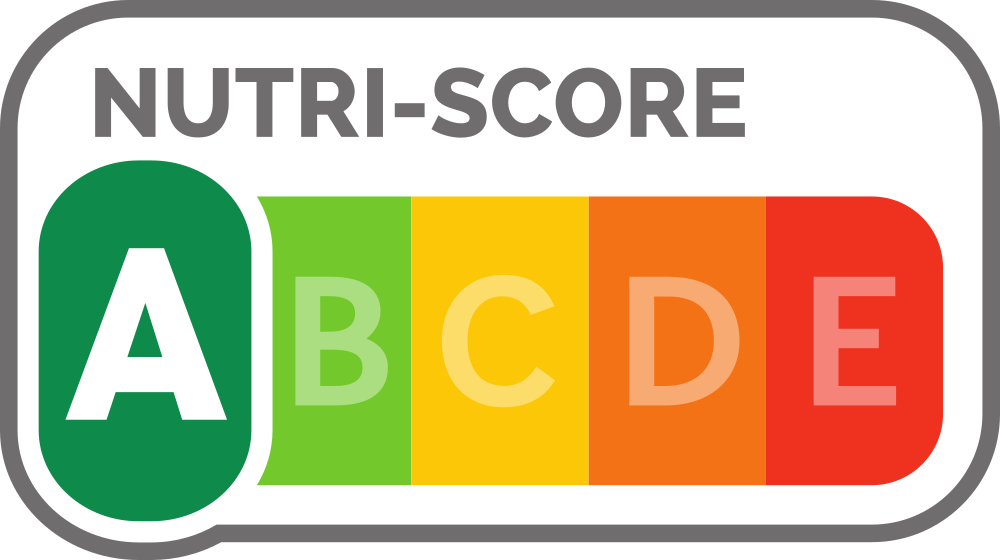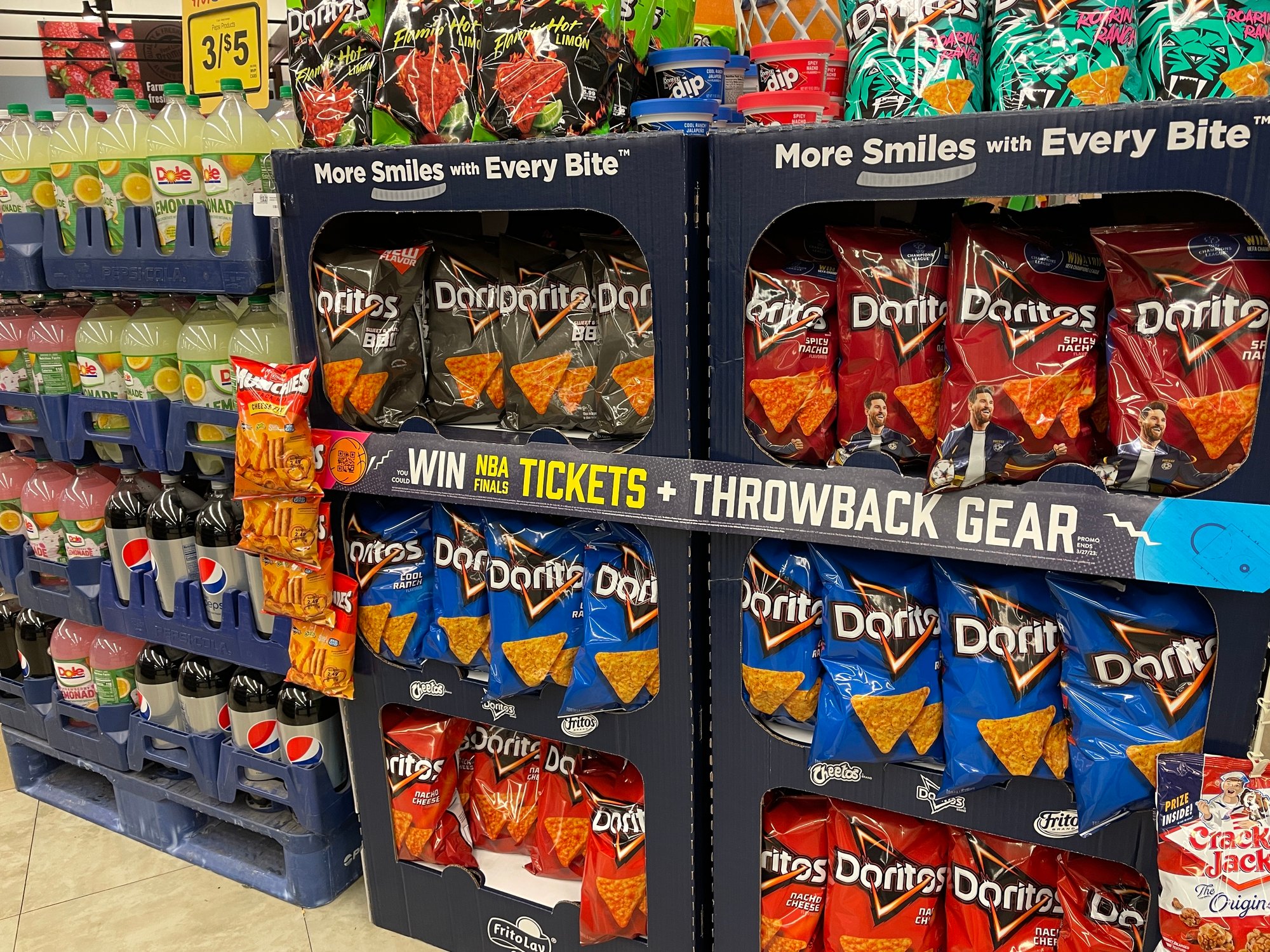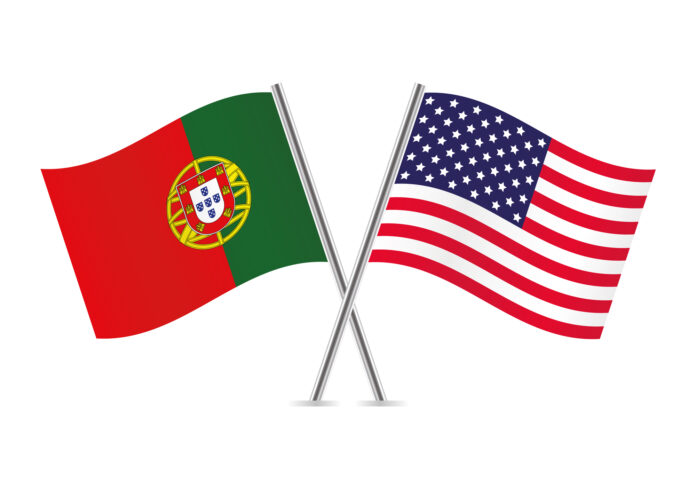The United States and Portugal represent two distinct approaches to food safety and regulation. While Portugal follows the European Union’s stringent standards, the US has a looser regulatory framework. These differences affect everything from the ingredients in everyday foods to how nutritional information is presented to consumers. Let’s look at the differences before you consider visiting or moving to Portugal.
Starting with Basic Ingredients
Portugal’s stricter food regulations, aligned with EU standards, create a foundation for better public health outcomes from the ground up. This systemic approach to food safety creates multiple layers of protection for consumers.
The fundamental difference begins at the ingredient level. By restricting potentially harmful additives and requiring rigorous safety testing before new ingredients can enter the food supply, Portugal creates a healthier baseline for all processed foods. This means that even when Portuguese consumers choose convenience foods or processed items, they’re still protected from exposure to substances that may pose health risks.
For example, the absence of ingredients like BHA (butylated hydroxyanisole) and BVO (brominated vegetable oil) in Portuguese food products eliminates exposure to substances that may accumulate in the body over time. This is particularly important for children, whose developing bodies are more sensitive to chemical exposures.

Regulatory Frameworks and Philosophy
The fundamental difference between these nations lies in their approach to food safety. Portugal, as a member of the European Union, follows the EU’s precautionary principle: if there’s uncertainty about an ingredient’s safety, it’s typically not approved for use. This contrasts sharply with the US system, where ingredients can be used until proven harmful, particularly under the “Generally Recognized as Safe” (GRAS) designation.
In the United States, food manufacturers can introduce new ingredients through the GRAS process without formal FDA approval. Companies can convene their own expert panels to declare ingredients safe, sometimes without even notifying the FDA. This self-regulation has led to concerns about oversight and safety, with nearly 99% of new chemicals introduced to the US food supply between 2000 and 2021 entering through GRAS notices rather than FDA review.
Ingredient Restrictions
Portugal, following EU regulations, bans several ingredients that remain common in American foods. Some notable examples include:
Titanium Dioxide – This whitening agent, banned by the EU in 2022 due to potential DNA damage concerns, remains prevalent in US products like candies, cupcakes, and ice cream. The European Food Safety Authority reviewed thousands of studies before determining it could no longer consider the additive safe.

Potassium Bromate – While banned in Portugal and throughout the EU, this dough-strengthening agent continues to be used in US bread products and frozen pizzas. The International Agency for Research on Cancer has classified it as “possibly carcinogenic to humans,” leading to its prohibition in numerous countries worldwide.
Food Colorings – The EU maintains stricter regulations on artificial food coloring compared to the US. Red 40 is banned in the EU, and products containing Yellow 6 must carry health warnings. The Center for Science in the Public Interest has raised concerns about the nine FDA-approved dyes, suggesting potential links to health issues including cancer and neurotoxicity.
Nutritional Labeling
Portugal has recently taken a significant step forward in nutritional transparency by adopting the Nutri-Score system in 2024. This simplified labeling system uses a color-coded scale from A to E, making it easier for consumers to identify healthier food choices at a glance. The system has been widely implemented across EU countries and is gaining traction among food sector operators in Portugal.
This contrasts with the US approach, which relies on detailed nutritional facts panels that, while comprehensive, may be more difficult for consumers to interpret quickly. The Nutri-Score system’s intuitive design represents a more consumer-friendly approach to nutritional information, potentially enabling better-informed food choices.

Pesticide Standards
Another significant difference lies in pesticide regulation. US farmers currently use 72 pesticides that are banned in the EU, including Portugal. The US maintains considerably weaker pesticide standards compared to European regulations. Growing scientific evidence suggests these substances may cause endocrine disruptions and affect gut microbiome health, which raises concerns about long-term public health implications.
Impact on Public Health and Consumer Choice
These regulatory differences have real-world implications for consumers. Portuguese residents, under EU protection, have access to food products with fewer controversial additives and clearer nutritional labeling. Meanwhile, US consumers face greater exposure to potentially problematic ingredients and must navigate more complex food labeling systems.

Long-Term Health Implications
The cumulative effect of stricter food regulations can potentially impact various aspects of public health:
- Reduced Chemical Exposure – Lower exposure to potentially harmful additives may reduce the risk of certain cancers and endocrine disorders over time.
- Better Gut Health – With fewer artificial preservatives and stricter pesticide controls, Portuguese consumers may maintain healthier gut microbiomes, which research increasingly links to overall health and immunity.
- Generational Benefits – Children growing up with less exposure to controversial additives and better-labeled food choices may develop healthier eating habits that persist into adulthood.
Economic Considerations
While stricter regulations might initially seem to burden food manufacturers, they can actually drive innovation and create market opportunities. Portuguese food companies have adapted to EU regulations by:
- Developing new food preservation techniques that don’t rely on controversial additives
- Creating reformulated versions of popular products that meet higher safety standards
- Investing in research to find natural alternatives to artificial ingredients
These adaptations can lead to new product developments and potentially create export opportunities to other markets seeking healthier food options.
The Future of Food Regulation
There are signs of potential change in the US system. Recent developments include:
- State-Level Action – California has taken the initiative to ban several controversial additives, including potassium bromate and certain food dyes, forcing many manufacturers to reformulate their products nationwide.
- Legislative Efforts – The introduction of the Toxic Free Food Act in Congress represents a push to reform the GRAS process and require more rigorous safety evidence before new ingredients can be used in food products.
- Growing Awareness – There’s increasing recognition among policymakers and the public that the current US food safety system may need reform, particularly regarding the self-regulation aspects of the GRAS process.
Final Thoughts
The contrast between US and Portuguese food regulation highlights different approaches to public health and consumer protection. As global awareness of food safety issues grows, there may be increasing pressure for regulatory convergence. The success of Portugal’s adoption of the Nutri-Score system and the EU’s precautionary approach to food additives could serve as models for future reforms in the United States.
However, any significant changes to the US system would require overcoming substantial regulatory inertia and industry resistance. The path forward may involve gradual reforms, driven by consumer demand, state-level initiatives, and growing scientific evidence about the impact of food additives on public health.
In the meantime, consumers in both nations would benefit from staying informed about these differences and understanding how their respective regulatory systems affect the food they eat. As Portugal continues to align with EU standards and the US considers potential reforms, the conversation about food safety and regulation remains more relevant than ever.



